Search Results
The brain provides answers
Brain scans can help scientists answer questions about how the brain receives information from parts of the body and controls them. In this short activity, students will think of a question that could potentially be answered by brain scans and write a scientific question.
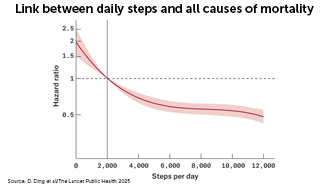
Take a hike
Walking just 7,000 steps per day can lower a person’s risk of certain health issues, according to a new study. Even a small increase in steps per day lowered health risks.
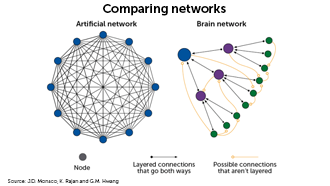
Wiring the mind
Researchers are drawing inspiration from the brains of creatures from worms to humans to develop more efficient, more capable forms of AI.
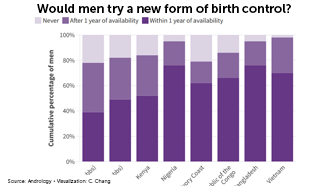
The rise of male contraceptive options
Contraceptive pills for women emerged in 1960, followed by hormonal implants, patches, vaginal rings and IUDs. But no new contraceptive methods have become available for men. New research could change that in the next five to 10 years.
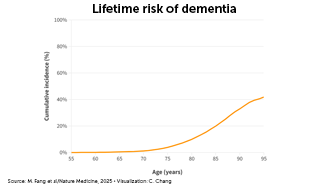
U.S. dementia cases on the rise
Scientists predict that, by 2060, one million U.S. adults per year will develop dementia. The new estimate surpasses previous estimates of how many people will struggle with memory, reasoning and language difficulties that interfere with life.
A virtual immune-boost
Exposure to germs triggers an immune response. But just thinking about germs might do it, too, new data show. Researchers used virtual reality to study how people respond to sickness in others. Learn techniques and tools researchers use to study how we respond to illness at three levels of biological organization — the behavioral, physiological and chemical. Answer questions about experimental variables, then discuss possible applications for virtually boosted vaccines of the future.
How plants level up their stink
Some plants have evolved to produce putrid scents. Consider the phenomenon of smell before doing a card sort to show the biological and chemical processes happening in these plants. Then, answer questions about why and how the plants evolved to increase their stench.
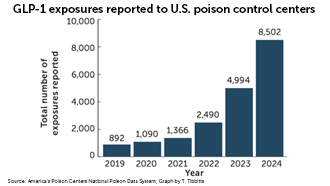
The weight of weight-loss drug usage
Shortages and big price tags have driven patients to unconventional, sometimes shady sources of weight-loss drugs. In some cases, people end up with tainted drugs or risk overdosing.
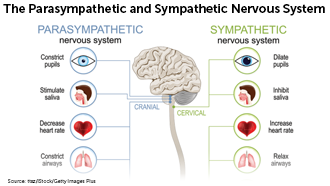
Got stress?
The sympathetic nervous system — our fight-or-flight response — kicks in when we face a big challenge or risk. When we’re relaxed, our parasympathetic nervous system takes over. Together these two systems make up the autonomic nervous system.
Technically tasty
Virtual reality (VR) has expanded people's ability to experience visual and auditory sensations in virtual worlds. What about our other senses? Learn how chemical-detection capabilities of the tongue allow us to taste cake as being sweet and lemonade as being sour. Explore how scientists used this understanding to develop taste-mimicking VR technology, all while answering questions about how this tasty research might one day help people.
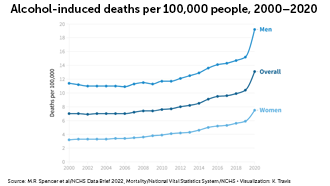
Trends in alcohol-induced death rates
Alcohol-related deaths have increased yearly over the last 20 years. From 2019 to 2020, in the first year of the COVID-19 pandemic, the death rate from alcohol use rose sharply — at a much greater rate than in recent years.
Making use of nature’s designs
New discoveries about the natural world can inspire the design of human-made objects. In this activity, students will learn about how the overlapping feathers on birds’ wings prompted engineers to reimagine the design of aircraft wings. Students will explain how this is an example of bioinspired design and then create their own bioinspired designs.